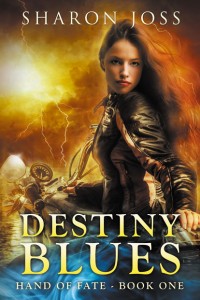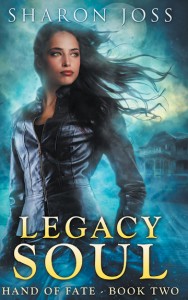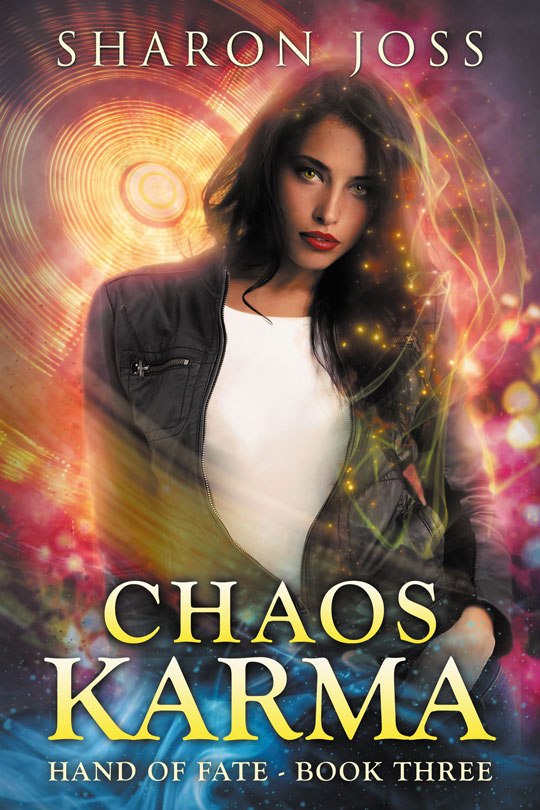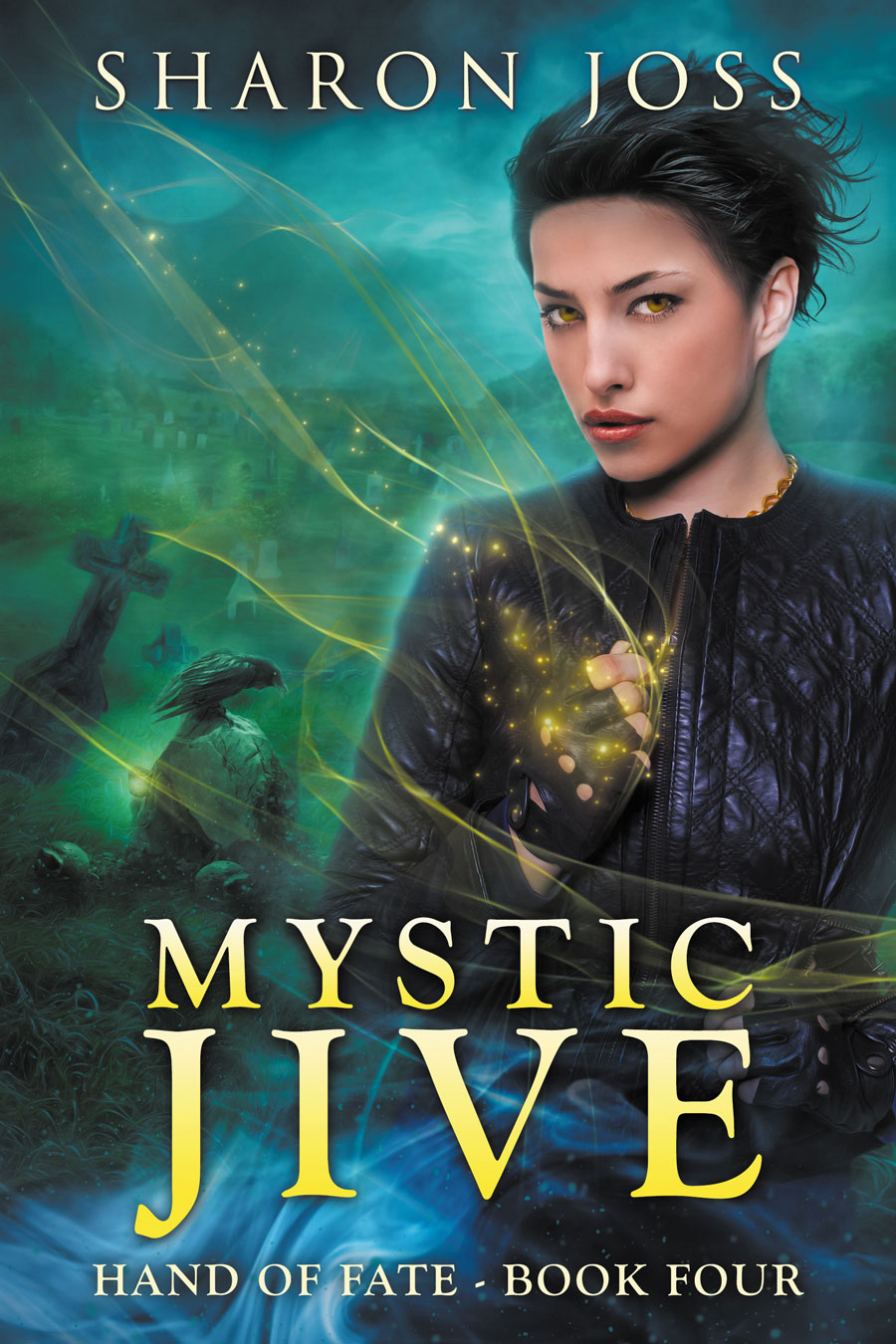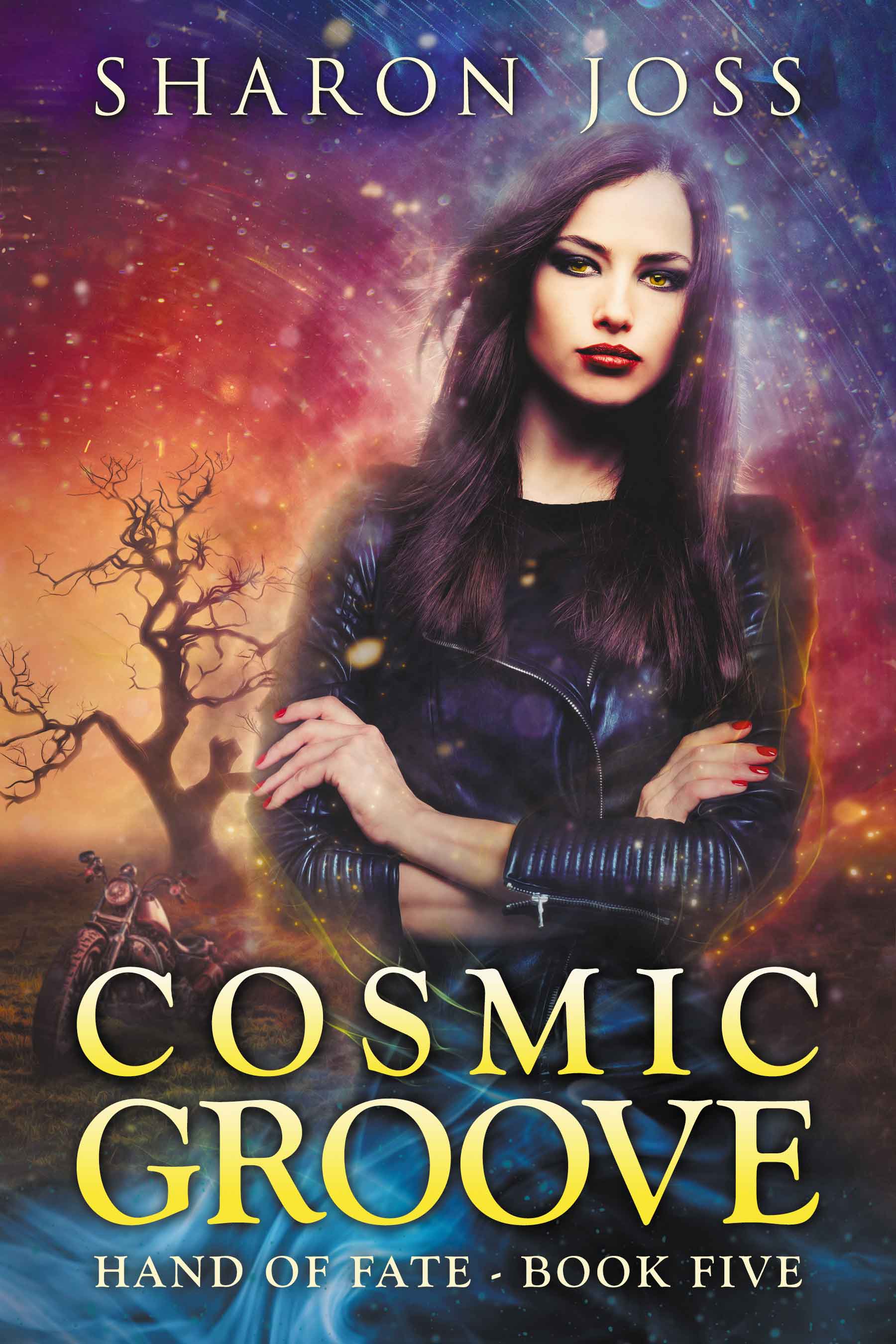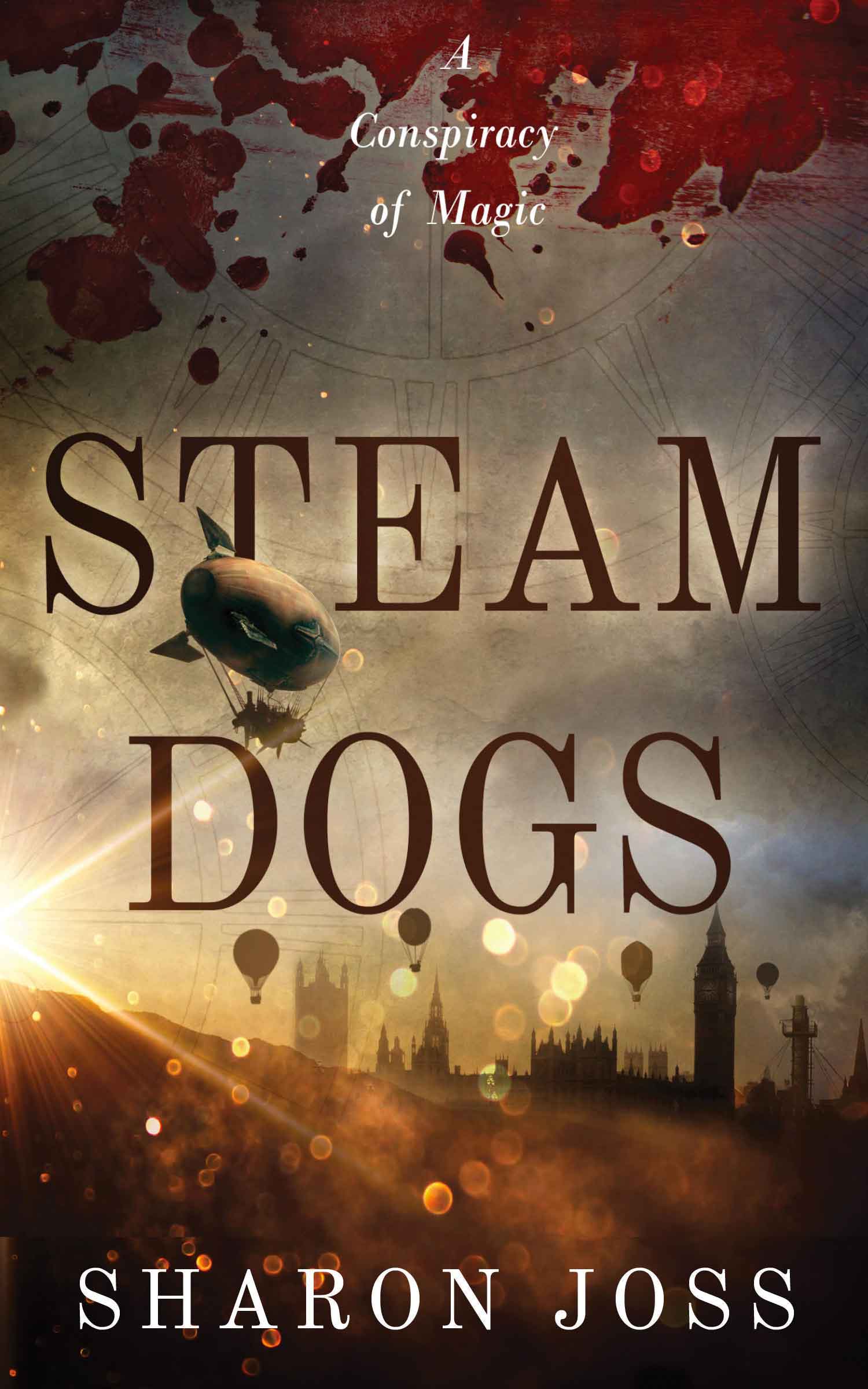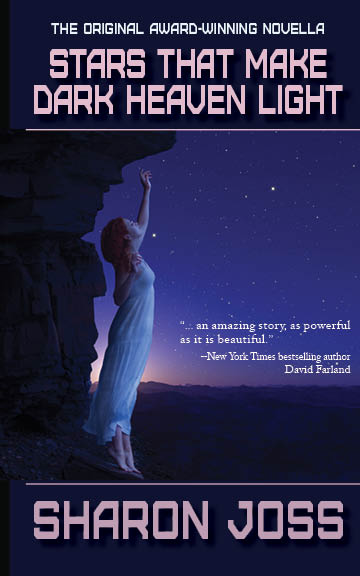 Hey, you’re right! It’s time to talk about Part II Scene Templates. In January, I wrote about how I have compiled a list of reminders as I work through my first draft. I’m getting close to finishing the Destiny pre-draft Part I, so now is an excellent time to talk about the scene template I use for my Part II (thanks for the reminder, Jenno!).
Hey, you’re right! It’s time to talk about Part II Scene Templates. In January, I wrote about how I have compiled a list of reminders as I work through my first draft. I’m getting close to finishing the Destiny pre-draft Part I, so now is an excellent time to talk about the scene template I use for my Part II (thanks for the reminder, Jenno!). I use a scene template to help me develop the scene structures for my initial draft, which I call my “pre-draft”. In Part I, I’m opening the story, hooking the reader by introducing the main problem (I hope!), and developing the forward momentum. At the end of Part I, the world for my protagonist changes such that he/she cannot go back to where life was ‘normal’.
For EACH SCENE I write, I have a basic set of elements that I include in my outline for the scene:
· STIMULUS à RESPONSE OR STIMULUS à INTERNALIZATION à RESPONSE (I stole this from Jim Butcher’s blog)
· Each Scene needs a GOAL!!!
· Each scene needs an inciting incident
· The first sentence in EVERY scene must have a hook!
· The last sentence in every scene must make you want to turn the page.
· Each scene needs opposition
· Each scene needs several beats: a beat is where the action changes. Remember,
the scene is driven by what the POV character wants. She chooses a strategy and goes for it. When the strategy fails, she has to try another tack, take a different direction, and that’s a new beat. Think of it as walking on a path with lots of intersections and options. When the route the character chooses is blocked, she turns a different direction and tries something else.
the scene is driven by what the POV character wants. She chooses a strategy and goes for it. When the strategy fails, she has to try another tack, take a different direction, and that’s a new beat. Think of it as walking on a path with lots of intersections and options. When the route the character chooses is blocked, she turns a different direction and tries something else.
· Each scene needs an outcome!!
· WHAT MAKES THIS SCENE CRITICAL? (if the scene isn’t critical, it shouldn’t be there)
· SEQUEL: EMOTION / THOUGHT à DECISION à ACTION
· EACH STIMULUS TRIGGERS A RESPONSE, WHICH SHOULD ALSO TRIGGER A STIMULUS IN RETURN!!!!!
· Remember, if the POV character is alone in this scene (and not doing anything), there better be a pretty durn good reason for it. Reading about what the POV character is thinking rarely as interesting to the reader as you think it is. If nothing is happening, MAKE IT HAPPEN.
Once I’m in Part II, the story is underway. The template I use here looks like this:
- REMINDER: Characters design short-term goals to reach the story goal:
- REMINDER: Quest to reach story goal begins (briefly detail the events that take place)
- First Short-term goals are thwarted. THIS IS THE BIGGEST PART OF PART II. There should be lots of thwarting going on here. Without thwarting, you risk muddling the middle.
- Characters react to thwarting with disappointment
- Stakes of the conflict are raised (detail new stakes of the conflict and how they affect the subplots)
- Characters react to the conflict
- Characters revise old or design new short-term goals
- Quest to reach story goal is continued
- Short-term goals are again thwarted (lots of thwarting; the more the merrier!)
- Characters react with disappointment
- Stakes of the conflict are raised again (detail new stakes of the conflict and how they affect all subplots)
- Characters react to the latest conflict
- Downtime begins (a form of release during incredible tension). Should be poignant; happens at the end of Part II. Main character may step back and reflect on what happily ever after might have been (if not for all the obstacles in his/her path). For a time, the main character may believe that the story goal is unachievable.
- Detail the events that lead to downtime
- Characters revise old or design new short-term goals with renewed vigor
- The quest to reach the story goal continues, but instability abounds
- Lead up to the Black Moment begins (the worst of all horrors is happening or has happened), and the main characters are now thoroughly convinced that the future will never be happy.
- Describe how it affects subplot 1
- Describe how it affects subplot 2
- Describe how it affects subplots 3, 4, 5. …
- Characters modify short-term goals one last time
Happy plotting!

